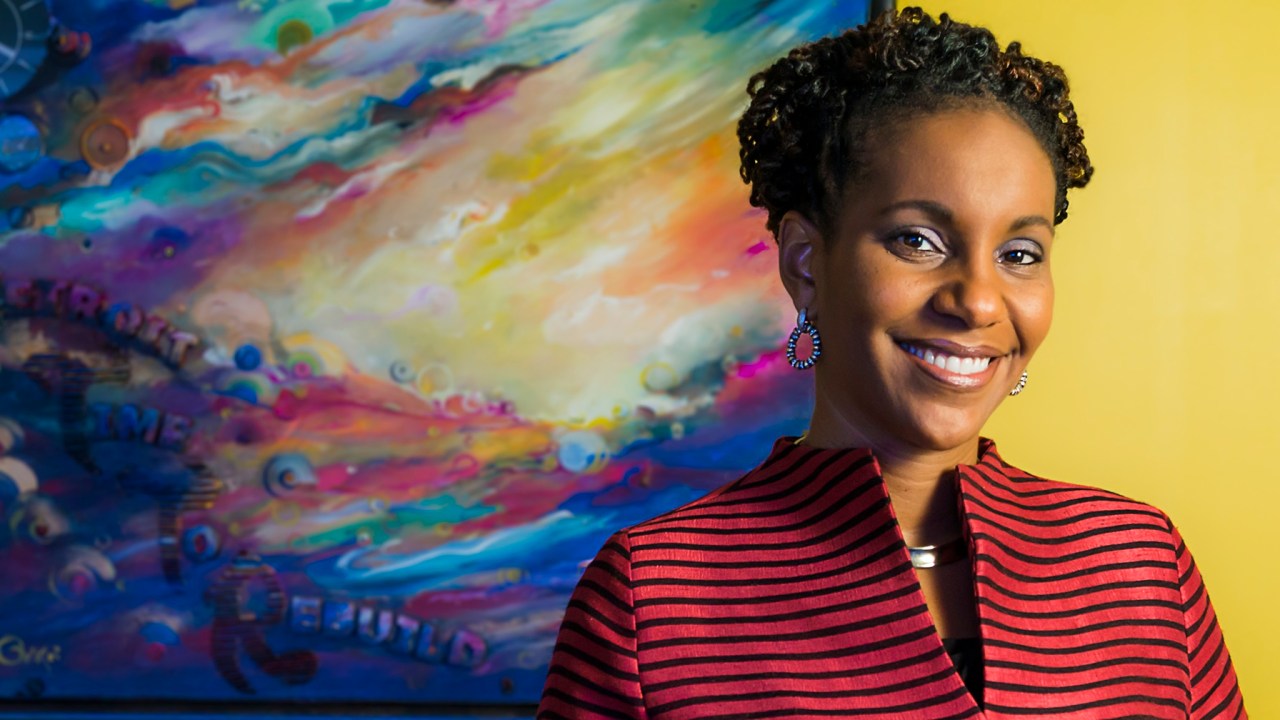
Dr. Tonya Matthews is a national thought-leader in museum engagement, free-choice learning, and equity and inclusion in STEM (science, technology, engineering, and math). As interim director of inclusion, she will lead AAM’s internal and field-focused diversity, equity, accessibility, and inclusion (DEAI) work, including the launch of the $4-million initiative Facing Change: Advancing Museum Board Diversity and Inclusion.
Sign up to be among the first to hear about AAM’s DEAI news and announcements.
How do you characterize the significance of the Facing Change initiative and its potential to catalyze change?
Facing Change is not only transformative but also it recognizes a transformation that has been in process for years. The conversation on diversity and inclusion has been weaving its way through initiatives and dialogues for decades. All of that has led to this moment in which this topic can be the purpose of a project, rather than an add-on or sub-theme. Furthermore, these conversations have moved from the lunch counters to the boardrooms—and we should all be excited about these times. That said, the choice to make DEAI “the point” is still optional. Authentically candid conversation about race, gender, access, and privilege are not yet common. The impact of AAM’s willingness to lead in this space cannot be underestimated and the decades of courage and hard work that it took us to get here should not be overlooked. This has been and will continue to be a work in progress. This is not about change coming—this is about change continuing.
How will museums benefit from increasing diversity and inclusion at the board level?
One of my favorite sayings is “Do nothing about me without me.” Museums must be bold—in programs, in exhibits, in thought-provoking community engagement, in radical inclusion of all children and families. However, that boldness must be grounded in true “knowing” and connections to the people museums serve. In order to authentically and sustainably expand and serve our audiences, museum boards must not only represent their community but also represent the communities their museum is missing.
All of the “do good” granted, I will add a further “just business” note: Monolithic boards leave money on the table and people outside the gate. Diversity of thought, background, and approach is essential to sustainable business practice. In my work as CEO and board member of several non-profits, I have seen this time and time again.
To be clear, this project is a moment for us to be carefully candid with ourselves: Museums cannot continue inviting everyone to dinner, while only allowing a chosen few a seat at the table. We have museums serving majority of color communities with no people of color on their boards. We have museums hosting exhibitions targeting “under-represented” communities with no such voices among their trustees. Unfortunately, this does not make us much different from the rest of the non-profit—even the corporate—community.
However, we must claim the stance that museums are not nice, but necessary. In many cases, we are already “good,” but this is our opportunity to be better. “Better” means more sustainable business practices, more diversified funding, and larger audiences – all of which require thoughtful and deliberate DEAI practices at the board level. Thus, as we reap benefits from doing what we do better, our communities reap those benefits right along with us. That is why I am so encouraged by AAM’s impatience with the current status quo.
What is the potential to enhance foot traffic once changes are implemented?
Admittedly, connecting foot traffic to board diversity is a hard thing to measure. Figuring this out is far more complicated than asking “What brings you here today?” during a ticket purchase.
The predominant positive impact of DEAI work at the governance level likely comes from better conversations about strategic vision, transformative welcome, and compelling inclusion of audiences that create the kind of invitation our communities cannot ignore and will be excited to accept. That said, even this understanding puts foot traffic at several degrees of separation from board composition—the connection is real but, admittedly, a bit of a “butterfly effect.” We have considerable work to do to figure out how to measure this! (I am taking suggestions… Seriously, I am.)
On a “groundwork note,” I will also tell you this: My family became “museum people” when I chose museums as my profession. Museums and science centers were no longer just places to go, they were places where “Auntie Tonya” was in charge—and they were proud. So they came to my museum and others like it… a lot! But that’s what moms are for, right? I thought that too… until I began to get paparazzi’d in the drug store, have people thank me in airports, and ask for pictures with their daughters in supermarkets. People would stop me on the street to tell me they were glad I was at the museum. Read: if you’re there, I feel welcome there. So they came. Museums must remember that our communities are watching us—and who we are is a big indicator of how they will define “welcome.”
What is a realistic timeframe to measure an impact?
This is a work in progress! So before I answer directly, let me be clear that this work must continue beyond the length of this single initiative. If you drop the ball, it rolls down the hill.
That said, I think we will begin to see the impact of Facing Change within the first 18 months. Astute boards have regular terms and are in constant renewal—so there will be room for immediate institution of practice if the commitment is there. We will be choosing cohort museums carefully and intentionally. We will be supporting board-level cultural transformation (so they are prepared for diverse board members) and supporting their ability to connect with potential new board members to support meaningful diversification goals. Additionally, we will be making our most promising practices available to members of the Alliance as a whole! That sharing has extraordinary potential to help us reach a tipping point in this work at a relatively rapid rate.
Beyond the actual board transformation, AAM will be looking to continue to transform its own policies and practices in ways that encourage, cajole, champion, and push the sector. So keep an eye out! You’ll be seeing some of that within the first year.
Why did you decide to take this on?
Well… this pushes me into the “I believe” half of my brain, so be prepared to forgive the mushy!
Let me start with the story of how I almost broke my mother’s heart. When I was a kid, I loved “Happy Days.” L.O.V.E.D. it. According to my mom, I watched so many re-runs, I started to know the words! Loved the characters and would cite moments from the show as examples for everything. One day, my mother said to me “You like Happy Days so much, I bet you’d be good at something like that. Maybe when you grow up, you can be on Happy Days!” Without missing a beat, I replied “Mom, that’s silly. I can’t be on Happy Days! There are no black people on Happy Days.”
What stung my mother was not that I had recognized this, but that I had no issue with this fact. I just assumed that’s the way the world was and thus, that option was off the table for me. No problem—I’d just do something else. What I thought of as “Plan B,” she recognized as her powerful, intelligent daughter limiting her options… at age 9.
That is why I am taking on this work: I believe that museums show us who we’ve been, who we are, and start us on the journey of who we might become—more than any other medium or institution. The work of DEAI in museums from top to bottom is positioned to ensure that no 9-year-old child ever again decides they “can’t” just because the producer, exhibit designer, or board trustee didn’t think to include her in the show.
And we can do this. After all, I’d never seen a museum CEO like me before I chose this work either… and you know how that ended up!
So, yea. I believe.



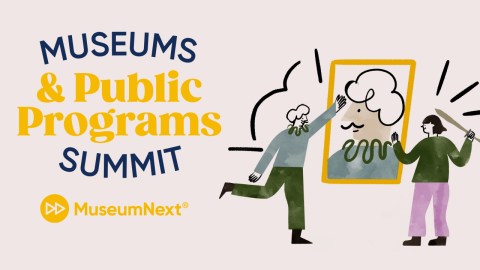
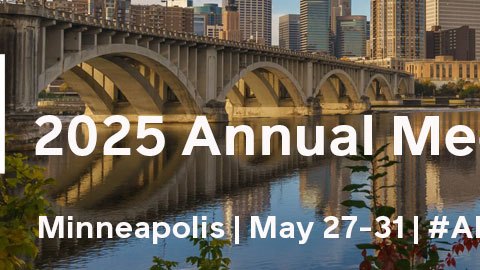
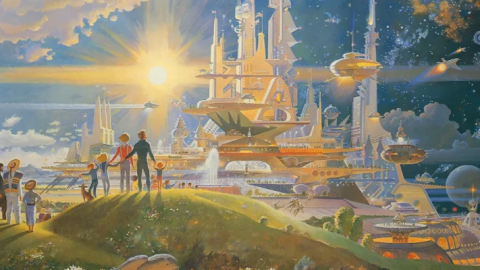
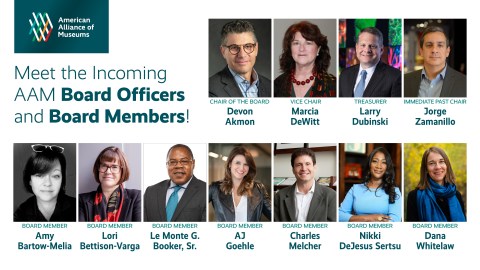


Congratulations!!! I know you will do well. As a cofounder of the graduate program in Museum Studies at Eastern Illinois University in 1975, I was privileged to make the acquintance of many museum personnel and see our graduates do extremely well in the profession. I was the first Scholar-in- Residence at AASLH and also a President of the Illinois Historical Society. After retirement in 1995 I volunteered for AMA.
This is great news. I knew since the brief time I met Tonya that she was about to do something big. Best of luck in your new ventures. Young people everywhere are counting on you!
Congratulations. You have assumed such a necessary role at such a critical time. Great success is the only option.
Congratulations and I think you’ll be terrific.
Congratulations to you Dr. Matthews and to AAM on this amazing initiative. You will be successful and we in the museum world are here to support you and look forward to this help!